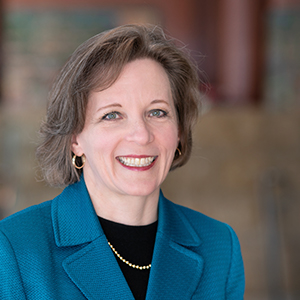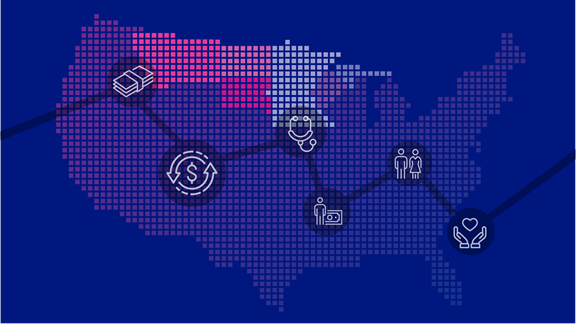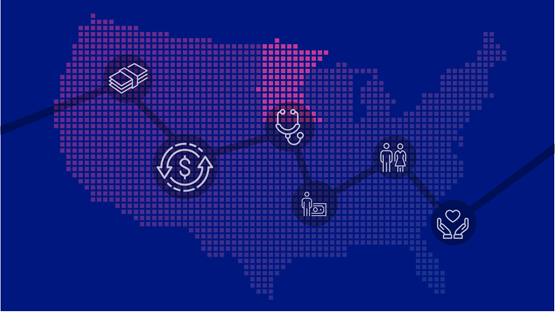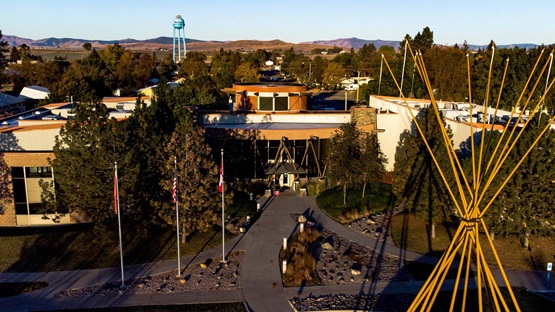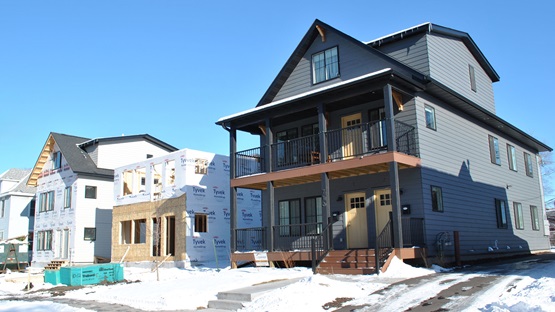The spread of COVID-19 and the many efforts to slow it are affecting communities across the nation. In order to best respond to this crisis, policymakers and leaders need information about the scope and scale of challenges in various communities.
A new report, Perspectives from Main Street: The Impact of COVID-19 on Low- to Moderate-Income Communities and the Entities Serving Them (June 2020), describes the results of the second round of a Federal Reserve System survey designed to collect information on the effects of COVID-19 on communities and the entities serving them.
All 12 Federal Reserve Banks and the Board of Governors of the Federal Reserve System fielded the survey from June 3 through June 12, 2020, resulting in 1,869 responses nationally. Of those responses, 298 were from organizations working in the four full states of the Ninth Federal Reserve District (Minnesota, Montana, North Dakota, and South Dakota; due to the structure of survey responses, it is not possible to separate out respondents who work in the Ninth District portions of Michigan and Wisconsin).
This follows a previous survey administered from April 8 through April 10, 2020, that had 3,899 responses. (A summary of the Minnesota-specific responses to that survey is available here.)
Among Ninth District survey respondents, 38 percent are from private industry (including those who provide services to government and nonprofits), 33 percent from nonprofits, 10 percent from financial institutions, 6 percent from government, and the remainder from other sectors.
Responses were collected through a convenience sampling method that relied on Federal Reserve Bank and Board of Governors stakeholder contact databases to identify representatives of nonprofit organizations, financial institutions, government agencies, and other entities that serve communities. These representatives were invited by email to participate in an online survey.
Key findings
Overall, the survey found that among Ninth District respondents:
- Over half (56 percent) indicated COVID-19 was a significant disruption to the economic conditions of the communities they serve and that they expect recovery to be difficult.
- When asked about the top impact of COVID-19 on the people and communities respondents serve, four out of five indicated either impacts on businesses, such as business closures and reduced demand, or job losses. Nearly half of respondents, 46 percent, identified the effects on businesses as the top impact, while 35 percent identified individual job losses.
- More than half of respondents indicated that both business impacts and job losses had become modestly or significantly worse over the last eight weeks for the communities they serve. However, one-quarter of respondents indicated that business impacts as well as basic consumer needs and public financial supports had gotten better over the last eight weeks.
- More than four in ten (44 percent) indicated it will take more than 12 months for their communities to return to the conditions they were experiencing prior to the disruption from COVID-19. About one in six (17 percent) expect their communities to recover in six months or less.
- Three in five (61 percent) indicated COVID-19 is having a significant disruption on the entity they represent. Of those, well over half expect recovery to be difficult while just under half expect to bounce back quickly after recovery begins. Nearly one-third (32 percent) expect manageable disruption.
- More than half (52 percent) indicated demand for their services has decreased or is anticipated to decrease, and a similar share (51 percent) noted a corresponding decrease or anticipated decrease in their ability to provide services. Most of those anticipating a decrease in demand are respondents from private industry. Nearly half (45 percent) are seeing or anticipate an increase in government funds.
- One-quarter (24 percent) indicated their entity could only operate for less than three months in the current environment before exhibiting financial distress. Another fifth (22 percent) expect to be in financial distress in three to six months.
Libby Starling is Senior Community Development Advisor in Community Development and Engagement at the Federal Reserve Bank of Minneapolis. She focuses on deepening the Bank’s understanding of housing affordability, concentrating on effective housing policies and practices that make a difference for low- and moderate-income families in the Ninth Federal Reserve District.
